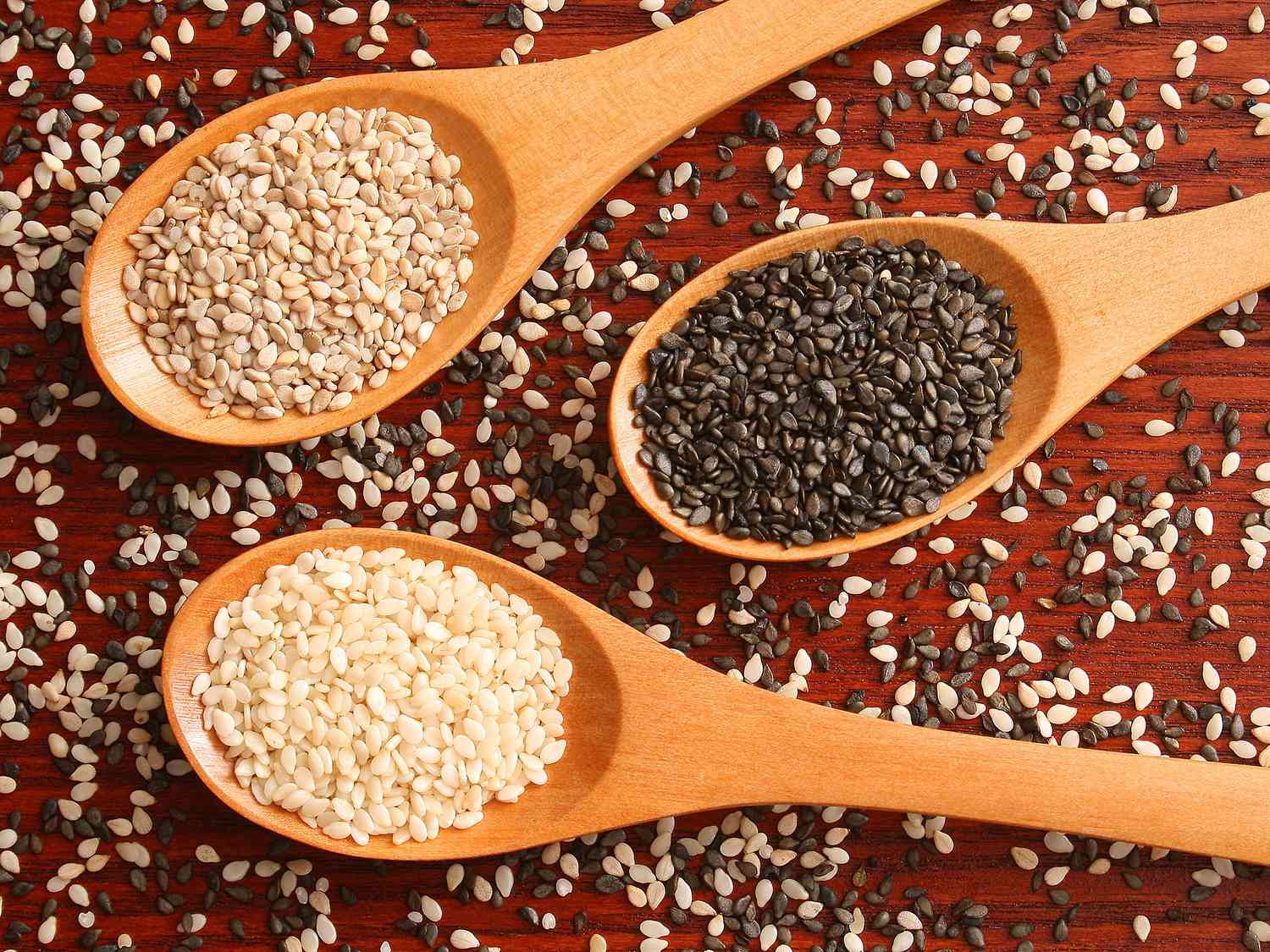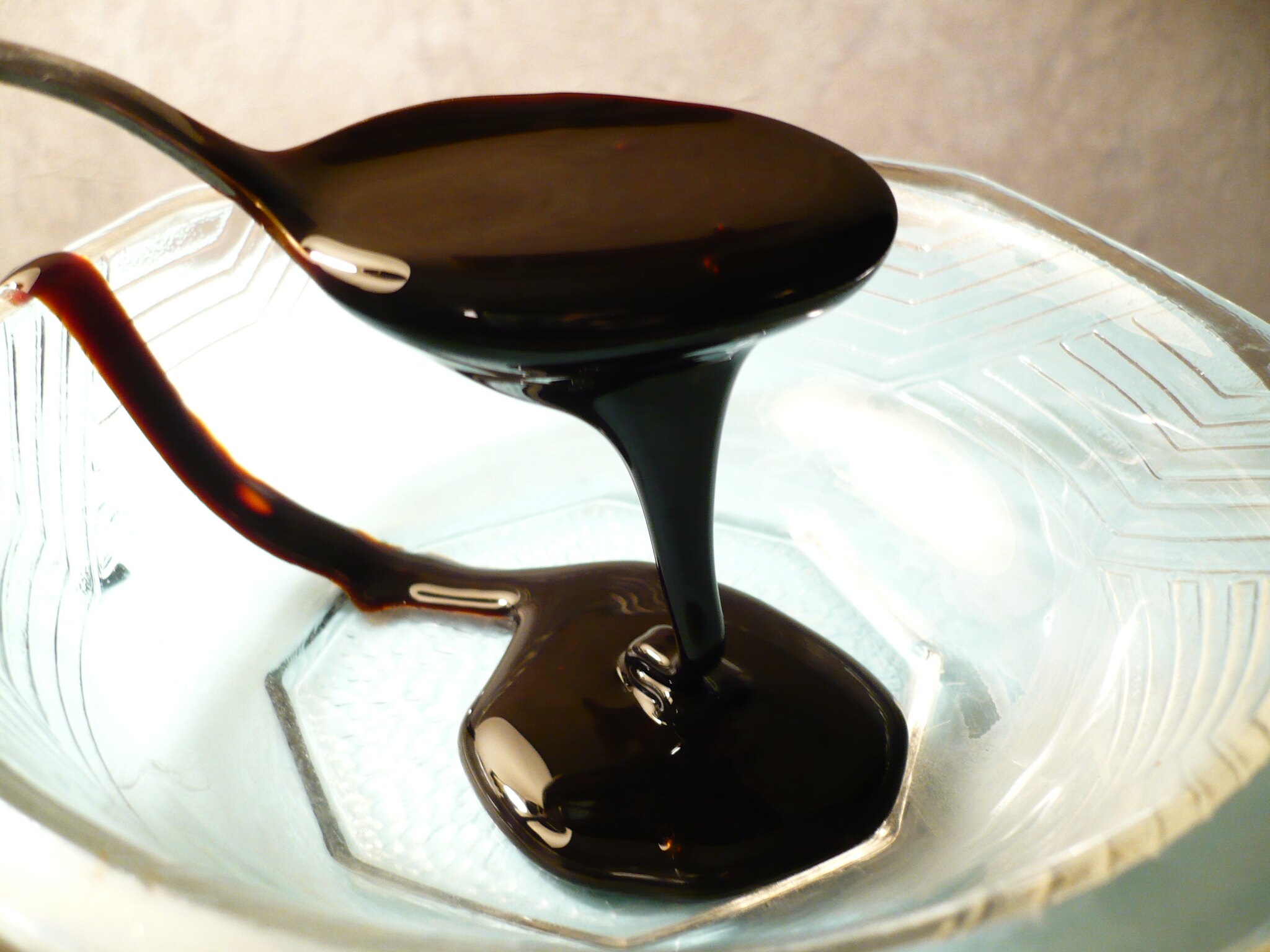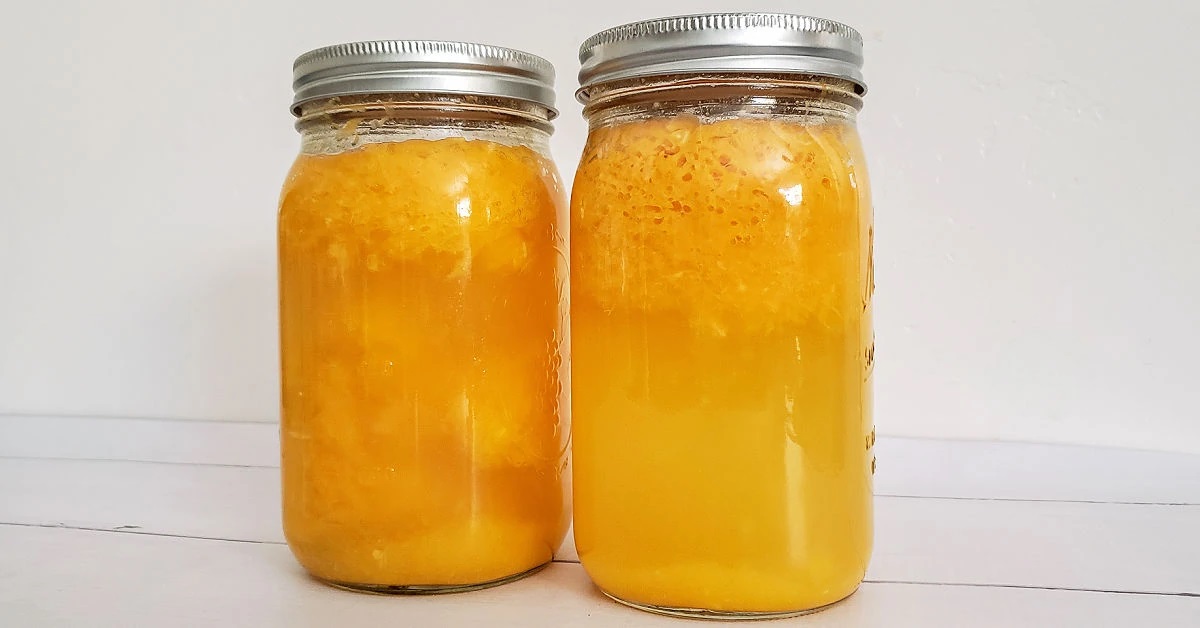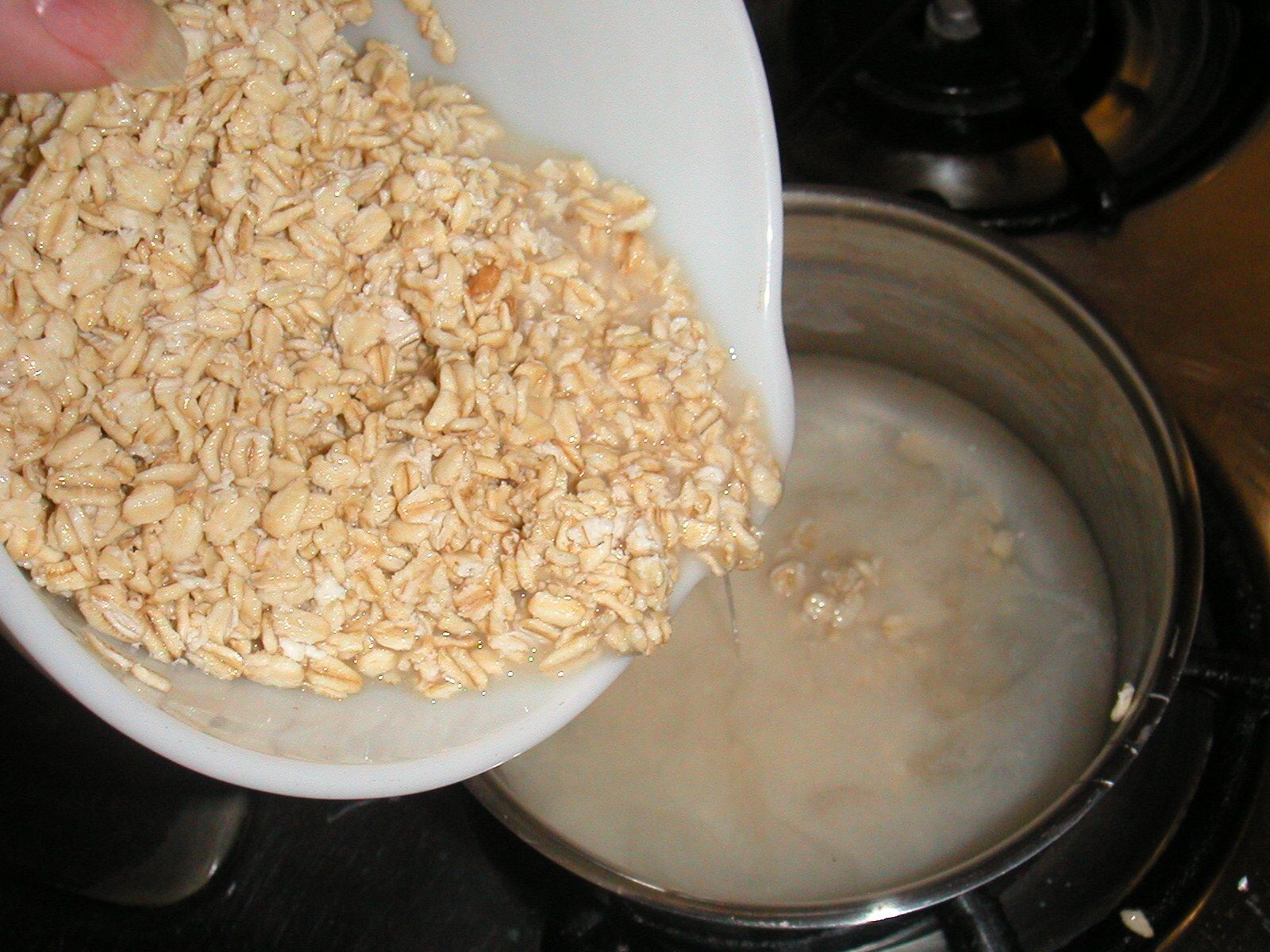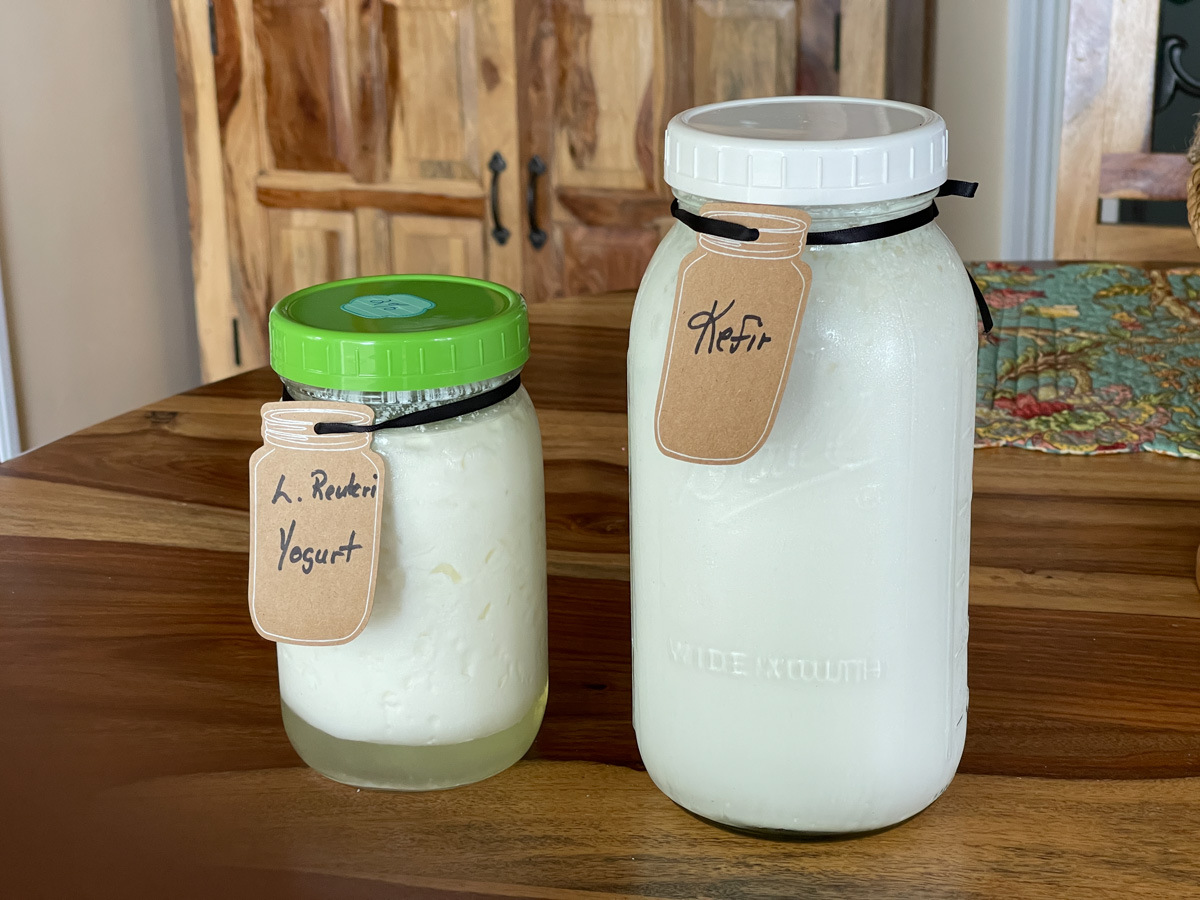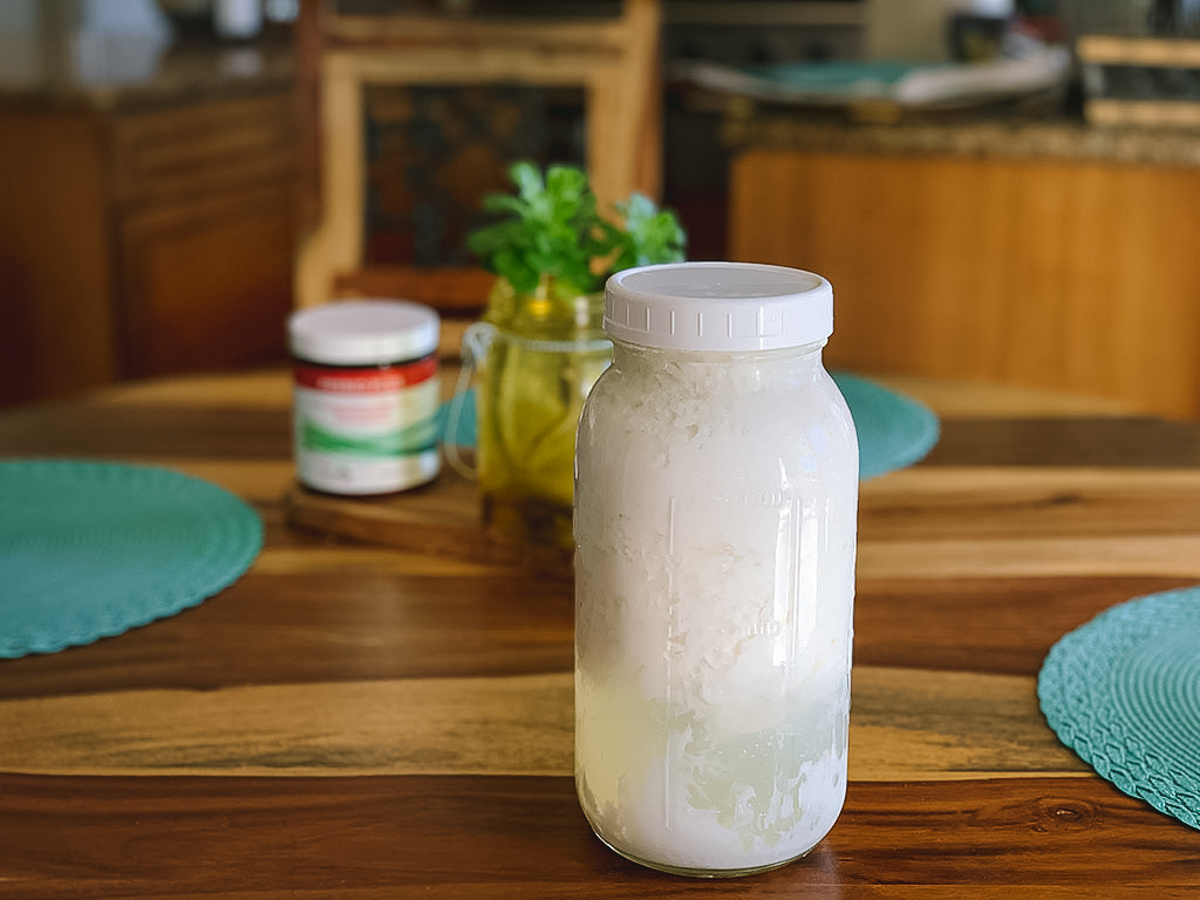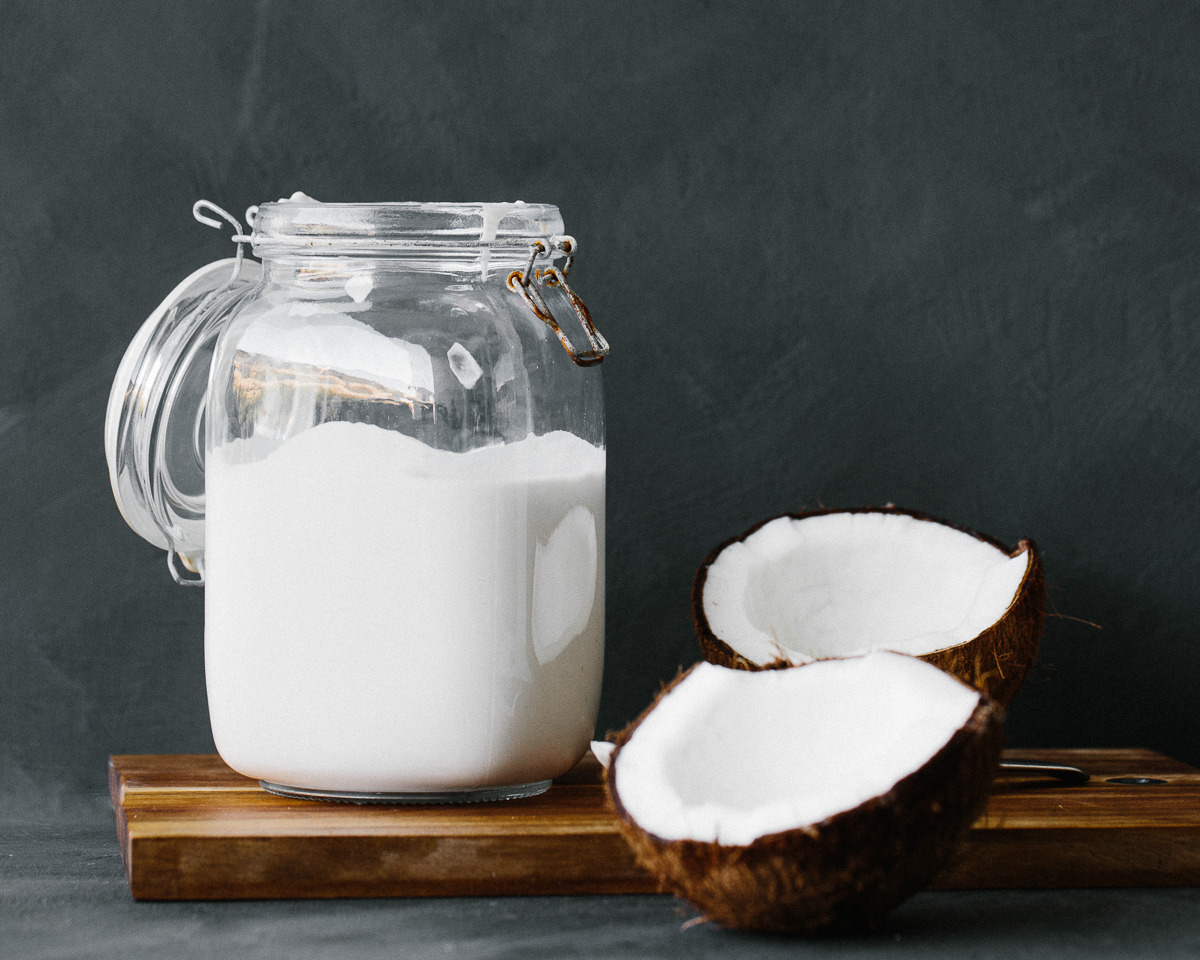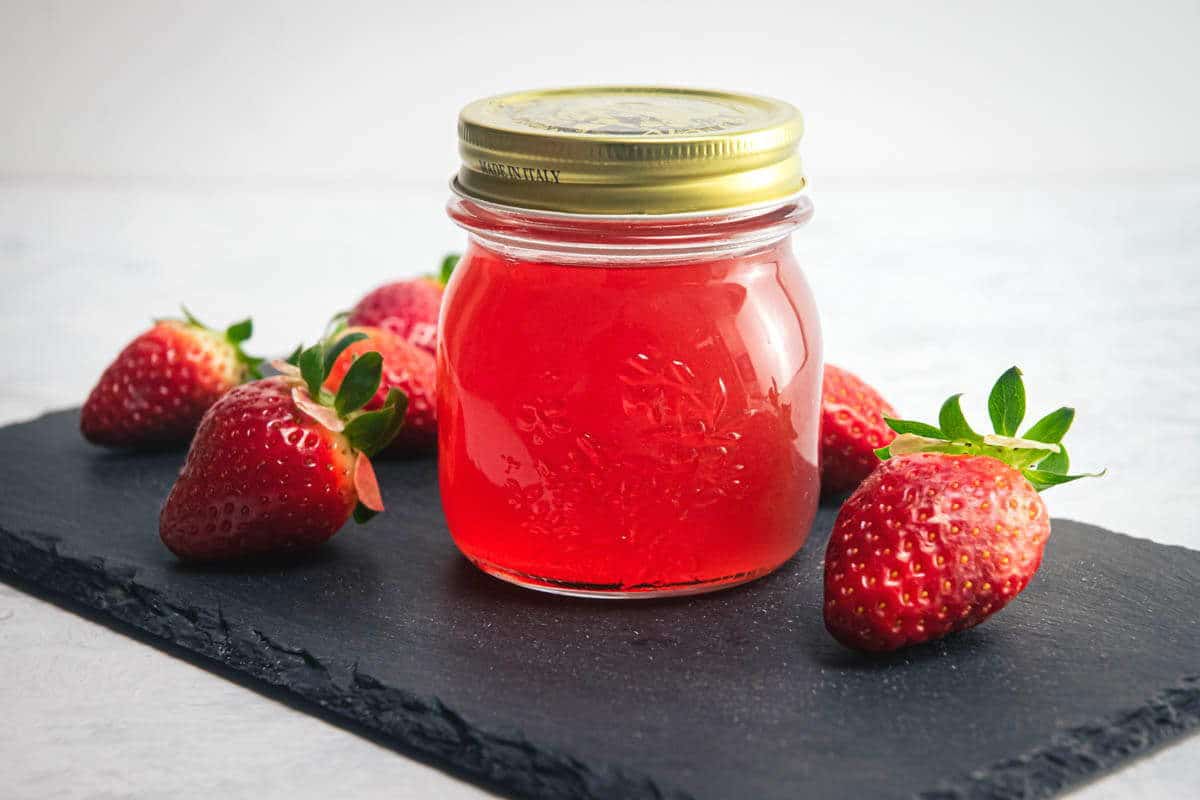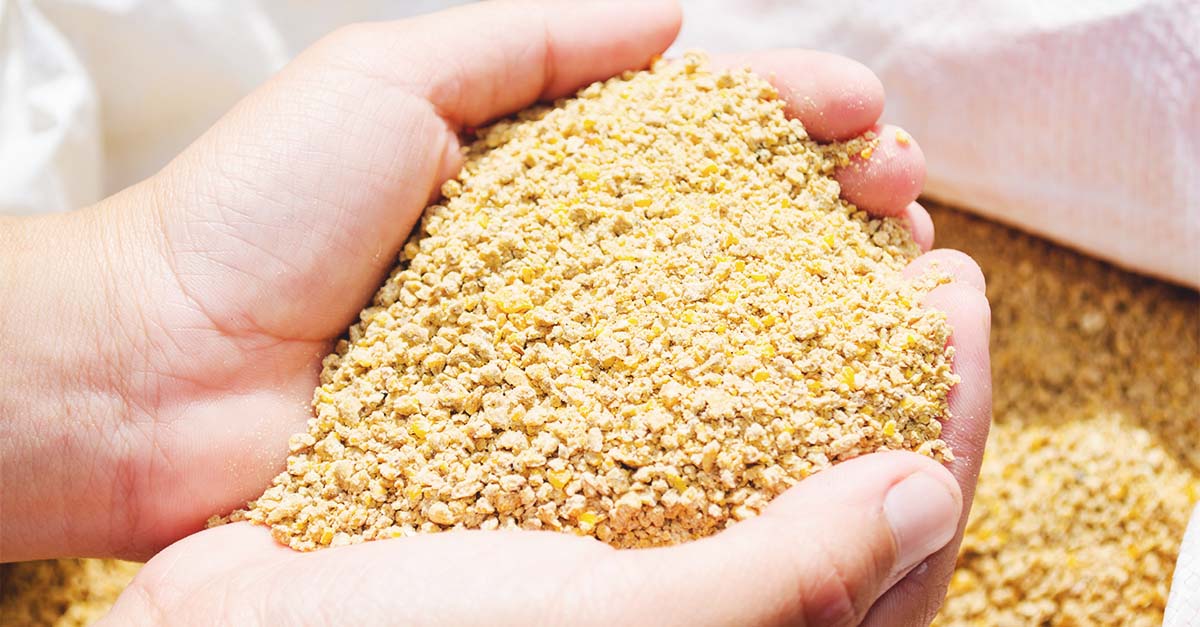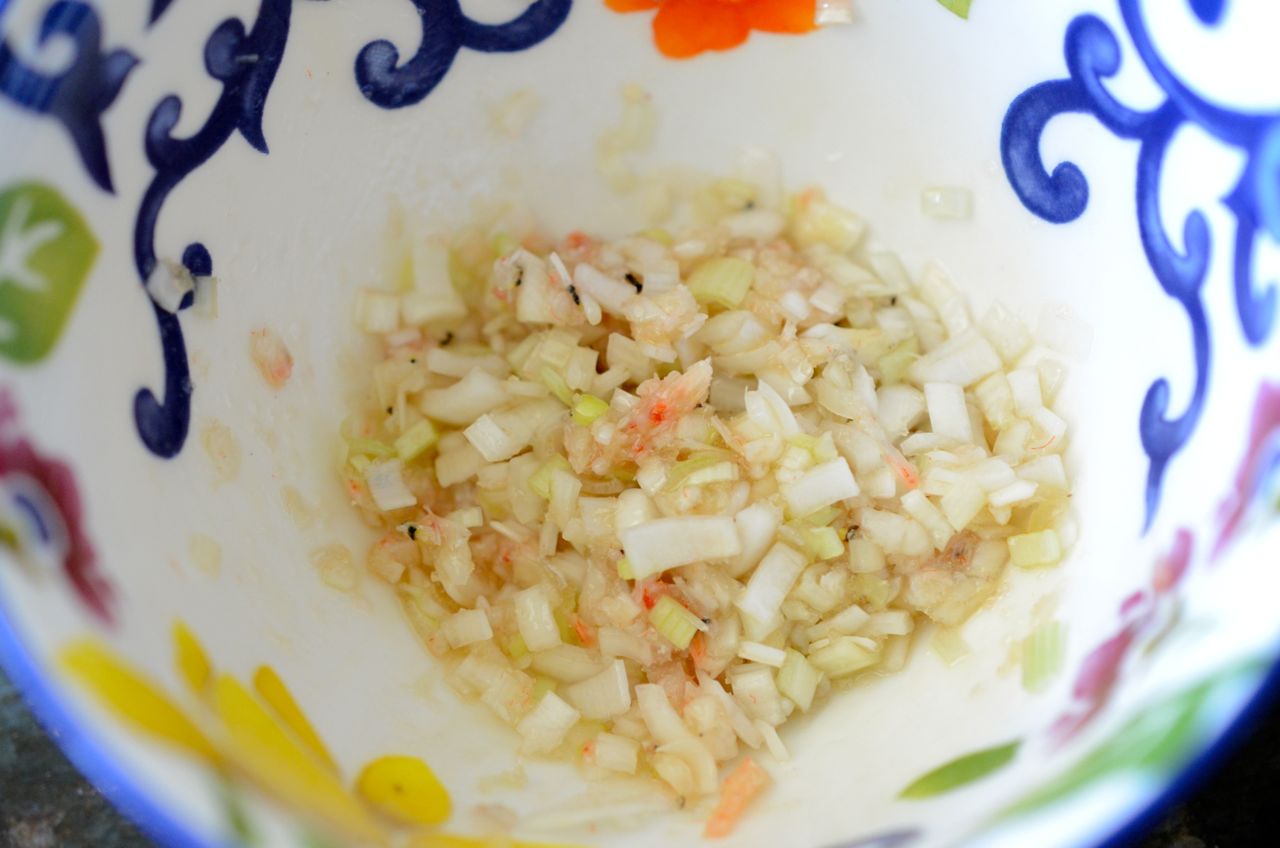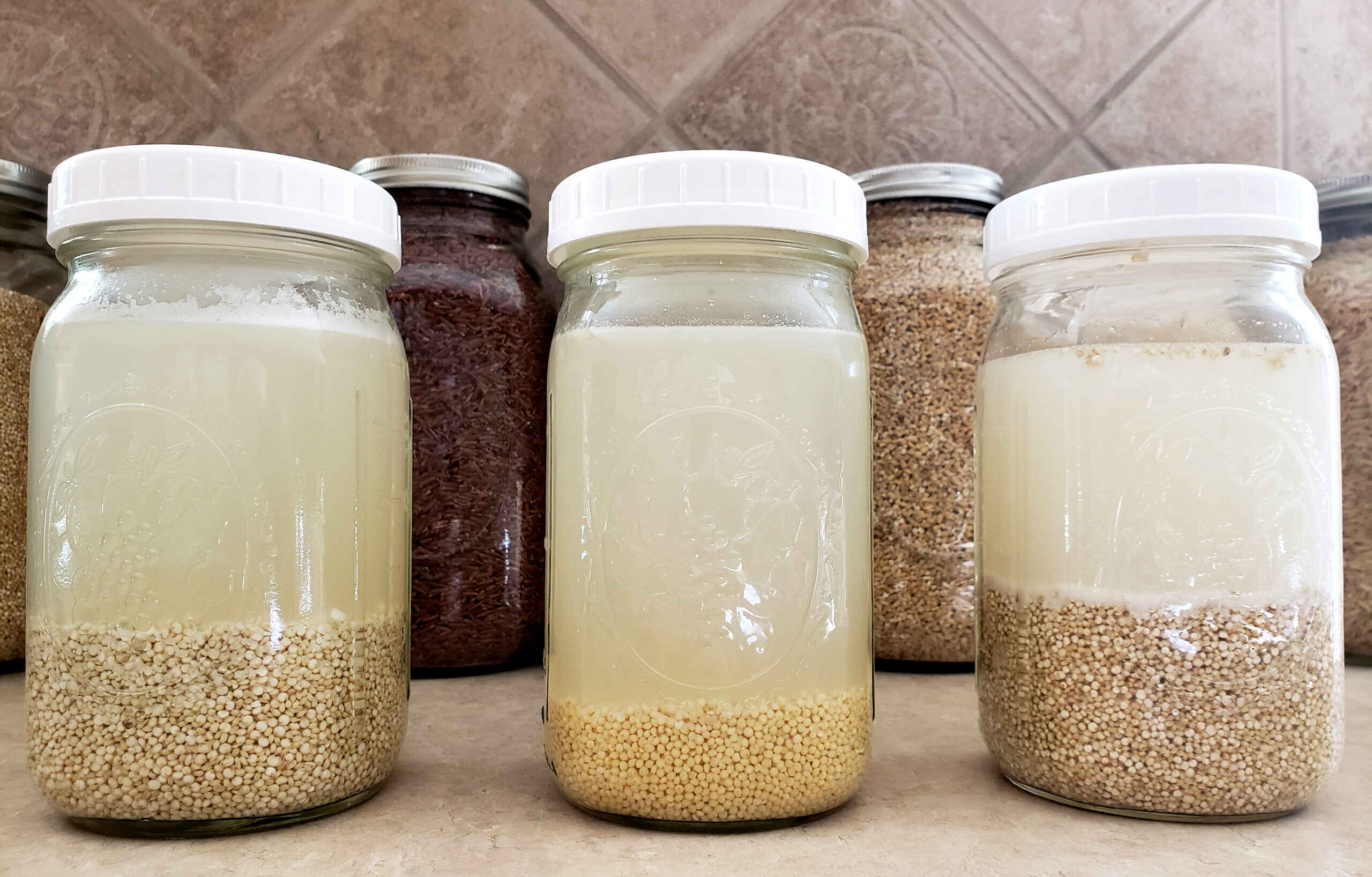What is Bulgur?
Bulgur is a whole grain made from cracked wheat that has been parboiled and dried. It is a staple in Middle Eastern and Mediterranean cuisines and is commonly used in dishes such as tabbouleh, pilafs, and salads. Bulgur is known for its nutty flavor and chewy texture, and it is a good source of fiber, protein, and essential nutrients.
Why Ferment Bulgur?
Fermenting bulgur not only enhances its flavor but also increases its nutritional value. Fermentation breaks down the grains, making them easier to digest and increasing the bioavailability of nutrients. Additionally, fermenting bulgur can help promote the growth of beneficial bacteria in the gut, supporting overall digestive health.
How to Ferment Bulgur
Here’s a simple step-by-step guide to fermenting bulgur at home:
- Prepare the Bulgur: Start by rinsing the bulgur under cold water to remove any debris. Then, place the bulgur in a clean glass or ceramic container.
- Add Water: Pour enough water over the bulgur to fully submerge it. Use filtered water to ensure the best results.
- Add a Starter: To kickstart the fermentation process, add a small amount of fermented liquid, such as whey or brine from fermented vegetables, to the container. This will introduce beneficial bacteria that will help ferment the bulgur.
- Cover and Let Ferment: Cover the container with a clean cloth or paper towel and secure it with a rubber band. Let the bulgur ferment at room temperature, away from direct sunlight, for 12-24 hours. Check on it periodically to ensure that the water level remains above the bulgur.
- Taste and Store: After the fermentation period, taste the bulgur to check if it has developed a slightly tangy flavor, indicating that the fermentation process is complete. Once fermented to your liking, store the bulgur in the refrigerator to slow down the fermentation process and preserve its flavor and texture.
Using Fermented Bulgur
Once your bulgur is fermented, you can use it in a variety of dishes. Here are some ideas:
- Make a tangy and nutritious fermented bulgur salad by mixing it with fresh vegetables, herbs, and a simple vinaigrette dressing.
- Use fermented bulgur as a base for stuffed vegetables, such as peppers or tomatoes, for a flavorful and probiotic-rich meal.
- Incorporate fermented bulgur into soups and stews to add depth of flavor and a boost of gut-friendly bacteria.
Benefits of Fermented Bulgur
By fermenting bulgur, you not only enhance its taste and texture but also unlock its nutritional potential. The fermentation process increases the bioavailability of nutrients, making them easier for the body to absorb. Additionally, the beneficial bacteria produced during fermentation can support gut health and overall well-being.
Conclusion
Fermenting bulgur is a simple and rewarding process that can elevate your dishes and provide numerous health benefits. By following the steps outlined above, you can enjoy the tangy flavor and enhanced nutrition of fermented bulgur in your favorite recipes. Experiment with different fermentation times and flavorings to find the perfect balance for your palate, and reap the rewards of this ancient preservation technique in your modern kitchen.
Was this page helpful?
Read Next: How To Ferment Papaya
